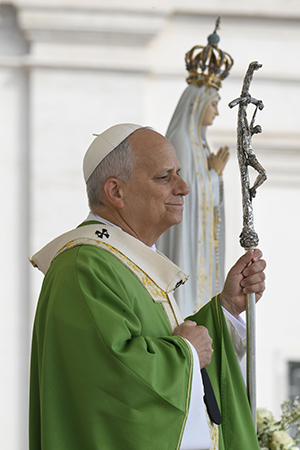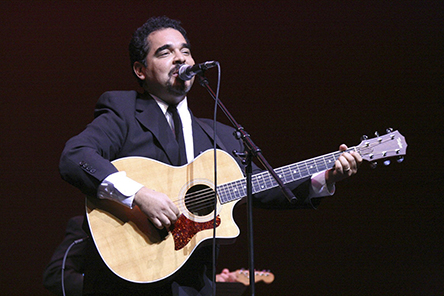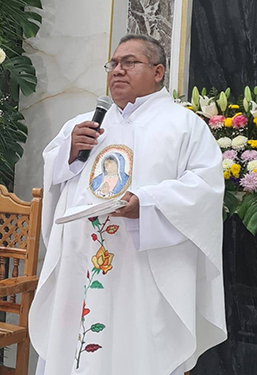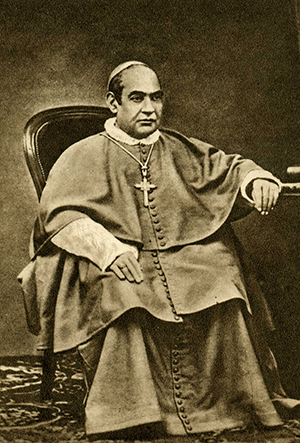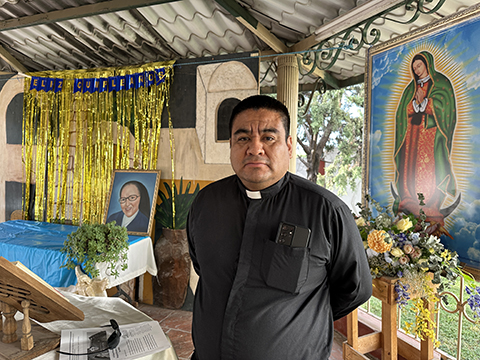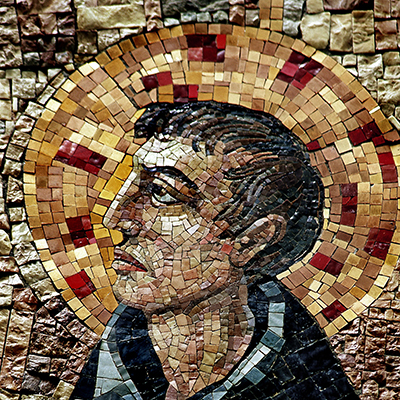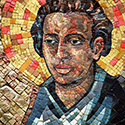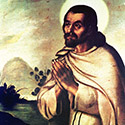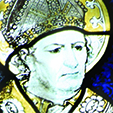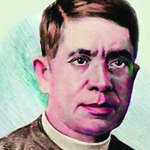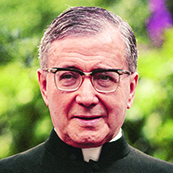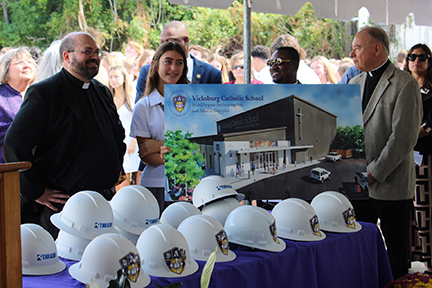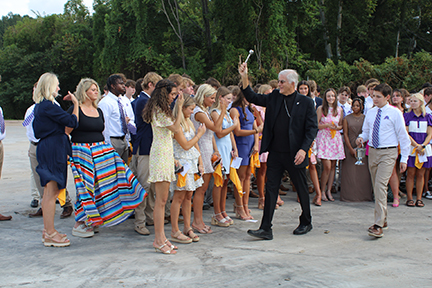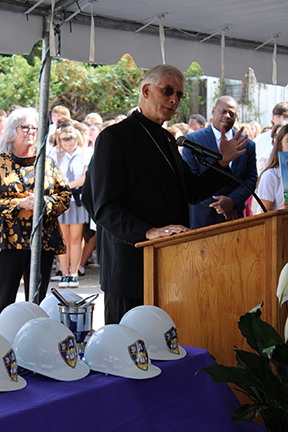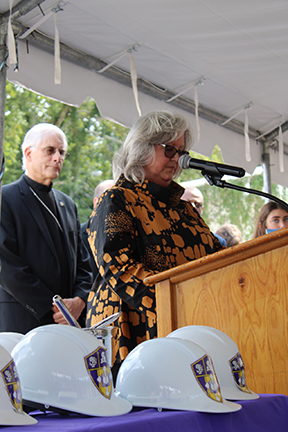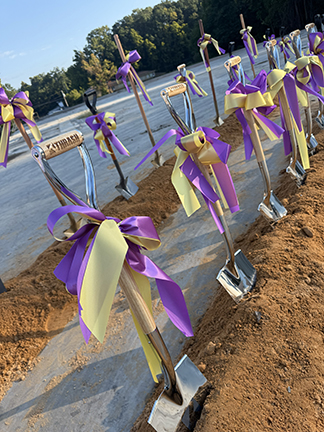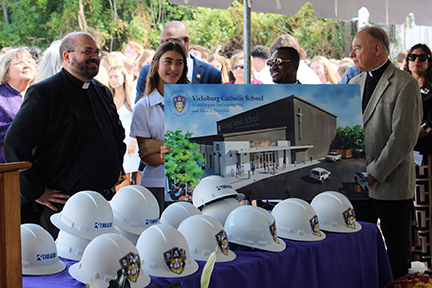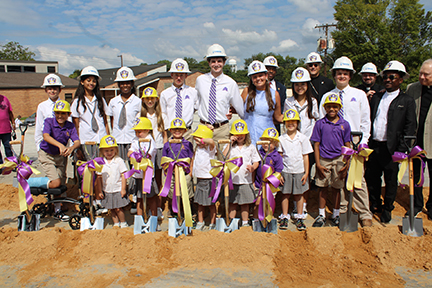Por Cindy Wooden
CIUDAD DEL VATICANO (CNS) – Para muchos cristianos “es necesario volver a leer el Evangelio” porque han olvidado que la fe y el amor por los pobres van de la mano, afirmó el Papa León XIV en su primer documento papal importante.
“El amor a los que son pobres – en cualquier modo en que se manifieste dicha pobreza – es la garantía evangélica de una Iglesia fiel al corazón de Dios”, escribió el Papa en “Dilexi Te” (“Te he amado”), una exhortación apostólica a todos los cristianos “sobre el amor hacia los pobres”.
El Papa León firmó el documento el 4 de octubre, festividad de San Francisco de Asís, y el Vaticano publicó el texto el 9 de octubre.
El documento fue iniciado por el Papa Francisco, dijo el Papa León, pero él lo amplió y quiso publicarlo al comienzo de su papado “compartiendo el deseo de mi amado predecesor de que todos los cristianos puedan percibir la fuerte conexión que existe entre el amor de Cristo y su llamada a acercarnos a los pobres”.
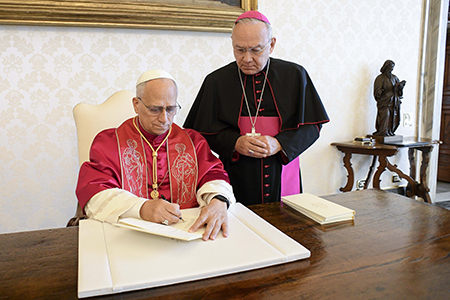
La conexión no es nueva ni moderna y no fue una invención del Papa Francisco, dijo. De hecho, a lo largo de las Escrituras hebreas “el amor de Dios a través de la protección de los débiles y de los que menos tienen, hasta el punto de poder hablar de una auténtica ‘debilidad’ de Dios para ellos”.
“Estoy convencido de que la opción preferencial por los pobres genera una renovación extraordinaria tanto en la Iglesia como en la sociedad”, escribió el Papa León. “Cuando somos capaces de liberarnos de la autorreferencialidad y conseguimos escuchar su grito”.
Como ha hecho desde el comienzo de su pontificado en mayo, el Papa León denunció la creciente brecha entre los ciudadanos más ricos y más pobres del mundo y señaló cómo las mujeres a menudo son “doblemente pobres”, luchando por alimentar a sus hijos y haciéndolo con pocos derechos o posibilidades.
El Papa León también reafirmó la enseñanza de la Iglesia, al menos desde la década de 1960, de que existen “estructuras de pecado” que mantienen a los pobres en la pobreza y llevan a quienes tienen recursos suficientes a ignorar a los pobres o a pensar que son mejores que ellos.
Cuando la Iglesia habla de la opción preferencial de Dios por los pobres, dijo, no excluye ni discrimina a los demás, algo “que en Dios serían imposibles”.
Pero la frase “desea subrayar la acción de Dios que se compadece ante la pobreza y la debilidad de toda la humanidad”, escribió.
“Queriendo inaugurar un Reino de justicia, fraternidad y solidaridad”, dijo el Papa León, Dios “se preocupa particularmente de aquellos que son discriminados y oprimidos, pidiéndonos también a nosotros, su Iglesia, una opción firme y radical en favor de los más débiles”.
Esa elección, dijo, debe incluir la atención pastoral y espiritual, así como la educación, la atención médica, la formación profesional y la caridad, todo lo cual la Iglesia ha proporcionado durante siglos.
El documento incluye una sección sobre los migrantes en la que el Papa escribe: “La Iglesia siempre ha reconocido en los migrantes una presencia viva del Señor, que en el día del juicio dirá a los que estén a su derecha: ‘Estaba de paso, y me alojaron'”.
La cita procede del Evangelio de Mateo 25,35, que forma parte del “Juicio de las Naciones”, en el que Jesús afirma claramente que sus seguidores serán juzgados por cómo cuiden de los pobres, los enfermos, los presos y los extranjeros.
“La Iglesia, como madre, camina con los que caminan” en busca de una vida mejor y más segura para ellos y sus familias, escribió el Papa León.
“Donde el mundo ve una amenaza, ella (la Iglesia) ve hijos; donde se levantan muros, ella tiende puentes”, continuó. “Sabe que su anuncio del Evangelio solo es creíble cuando se traduce en gestos de cercanía y de acogida”.
La Iglesia sabe, dijo, “que en cada migrante rechazado, es Cristo mismo quien llama a las puertas de la comunidad”.
En su exhortación, el Papa Leo repasó referencias bíblicas a la obligación de amar y cuidar a los pobres y citó a santos y órdenes religiosas a lo largo de la historia que se han dedicado a vivir con los pobres y a ayudarlos.
Una sección del documento se centra en los “padres de la Iglesia”, los primeros teólogos, quienes, según él, “reconocieron en el pobre un acceso privilegiado a Dios, un modo especial para encontrarlo. La caridad hacia los necesitados no se entendía como una simple virtud moral, sino como expresión concreta de la fe en el Verbo encarnado”, Jesús.
Por supuesto, para el Papa León, quien es agustino, San Agustín de Hipona estaba incluido en el documento. El santo, “el Doctor de la Gracia, veía en el cuidado a los pobres una prueba concreta de la sinceridad de la fe”, escribió el Papa. Para Agustín, “quien dice amar a Dios y no se compadece de los necesitados, miente”.
Y aunque el Papa escribió que “la ayuda más importante para una persona pobre es promoverla a tener un buen trabajo”, insistió en que, cuando eso no es posible, dar limosna a una persona que pide dinero sigue siendo un acto de compasión.
“Siempre será mejor hacer algo que no hacer nada”, escribió el Papa León.
Aun así, dijo el Papa, los cristianos no pueden quedarse de brazos cruzados mientras el sistema económico mundial penaliza a los pobres y hace que algunas personas sean extremadamente ricas. “Es preciso seguir denunciando la ‘dictadura de una economía que mata'”, dijo, citando una frase del Papa Francisco.
“O reconquistamos nuestra dignidad moral y espiritual, o caemos como en un pozo de suciedad”, escribió.
“Una Iglesia que no pone límites al amor, que no conoce enemigos a los que combatir, sino sólo hombres y mujeres a los que amar”, dijo el Papa León, “es la Iglesia que el mundo necesita hoy”.


